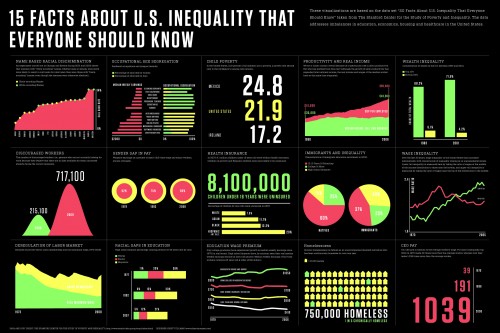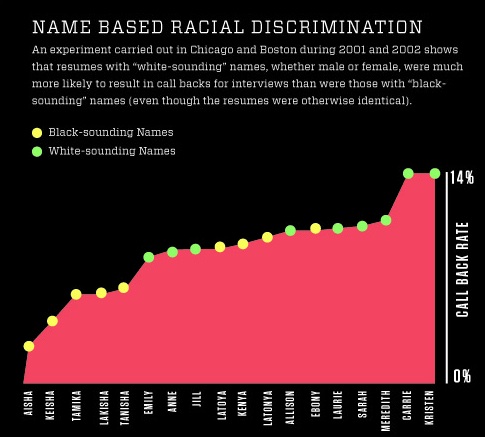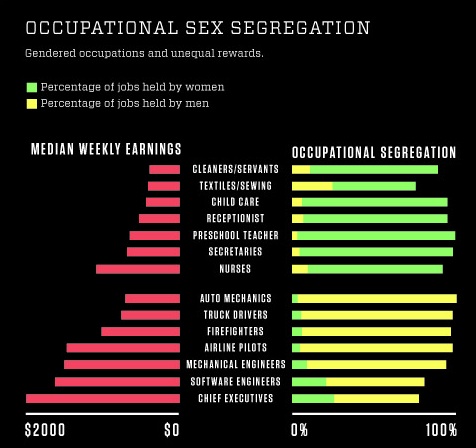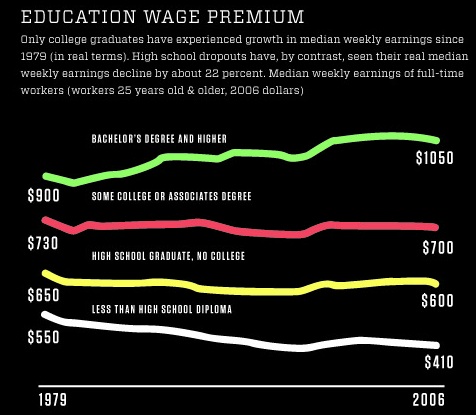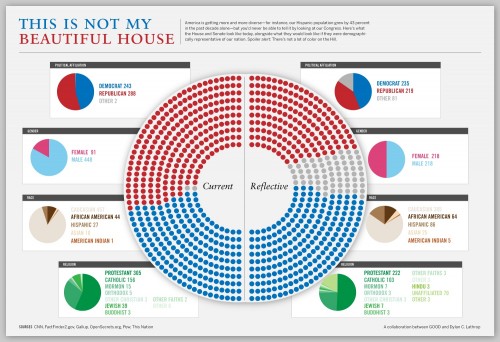In a society where being fat is considered a personal and social tragedy, it is difficult to imagine that anyone would be fat on purpose. But if fat makes a person socially ineligible for the sexual gaze, then this can be quite functional for a couple of different reasons.
Women who find men’s sexual attention especially disturbing or scary, sometimes report gaining weight on purpose. Being fat, they hope, will protect them from being looked at, unwanted touching, and sexual assault. In a study by sociologist Julie Winterich, a lesbian suspects that she gained weight for this kind of purpose:
You know, I remember thinking one time, maybe one of the reasons I’m overweight is so that men would not be attracted to me, because I knew that I wasn’t attracted to them.
Another reason to become or remain fat would be protect oneself not from the attention that comes with the male gaze, but the fear that you would not be lovable, even if thin. Being judged as sexually-unacceptable, in this scenario, is less terrifying than being judged as simply unacceptable. This was the idea expressed in a recent confessional PostSecret postcard:

Source: Winterich, Julie. 2007. Aging, Femininity, and the Body: What Appearance Changes Men to Women with Age. Gender Issues 24: 51-69.
Lisa Wade, PhD is an Associate Professor at Tulane University. She is the author of American Hookup, a book about college sexual culture; a textbook about gender; and a forthcoming introductory text: Terrible Magnificent Sociology. You can follow her on Twitter and Instagram.

